Mechanical Power transmission systems are at the core of many mechanical systems, whether it’s an automated machine, or part of a larger piece of equipment. The components of such a system turn objects, reduce speeds, increase power and perform numerous other functions. They help transmit torque and power from drivers and deliver all of it to provide machines and equipment their functionality.
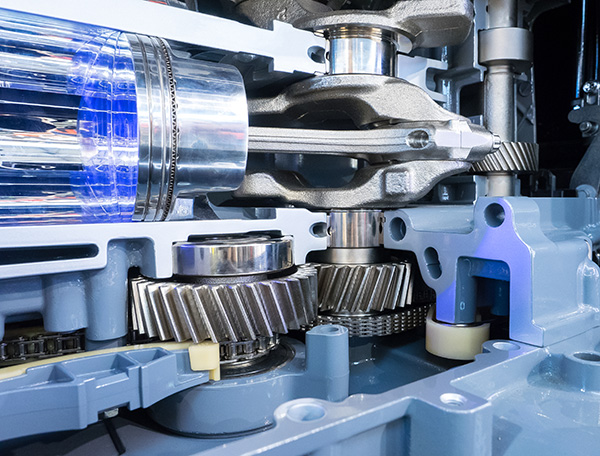
Many Moving Parts
There are many components that make up mechanical power transmission systems, including motors, couplings, bearings, bushings, sprockets, gears, chain, pulleys, belts, brakes and clutches.
“Almost every industrial environment will have several if not all of these components. Wherever you have running machines you will need these components,” says Will Morris, product portfolio manager at RS. “In terms of efficiency, some are more cost effective and less efficient, some are more efficient and less cost effective, but they all serve to convert power into a more useful form.”
It’s important to consider both equipment and systems. Equipment and machines are themselves distinct systems. But they are also parts of larger systems. Within equipment and systems are many moving parts that deliver power to perform multiple functions.
Robots may turn on multiple axes. A metal stamping machine may perform fetching, gathering and stamping functions. A large-scale macerator or pulverizer may have several systems within it, all sitting on one skid, and be outfitted with motors, gears, pulleys, chains, brakes and clutches.
The integral parts that aid mechanical power transmission in such machines have a great impact on its subsequent reliability and performance. What seems like incidental parts and components influence the reliability and predictive maintenance of plant machinery and other capital equipment, which are bearings
“Much like with your automobile, taking the time up front to perform scheduled mechanical power transmission component maintenance will pay dividends in the future and help avoid costly prolonged shutdowns,” says Morris. “Large, expensive and complex machinery are often only as strong as their weakest link, which could be a small bearing for example. Implementing a scheduled shutdown to replace worn power transmission components will help avoid emergency shutdowns and machine failures.”
For this reason, smart selection of components affects performance. Mechanical power transmission parts and components should be specified from reputable manufacturers who incorporate austere quality control along with the latest innovations. Additionally, longstanding manufacturers of power transmission parts and equipment bring expertise that a newer entrant into a market may not be able to offer. This highlights the importance of selecting components that have a history of solid reliability and performance and that have been developed by engineers with years of expertise.
“Don’t over-engineer. If a simple chain and sprocket drive will work, use that,” says Morris.
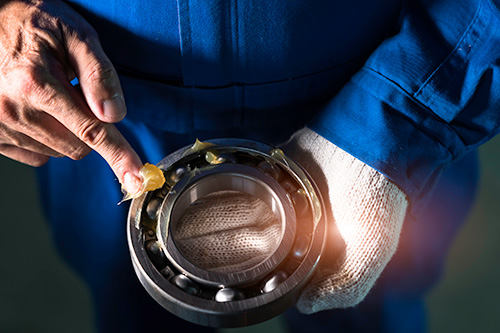
While reliability of components is crucial, the first step is ensuring their availability. You of course want to consider their quality, but the supply chain and supportability of the manufacturer of mechanical power transmission components is quite important.
“Try to use standard components that are in stock and readily available in the event a part is needed for emergency maintenance,” says Morris. “Avoid custom-made components where possible. Several sets of spares are a must. You may only need one now but having spares on hand for replacements can save you from paying for costly after-hours parts service.”
This means understanding a manufacturer’s availability of parts, speed of delivery and supportability of any parts that may have grown obsolete. In addition, it’s important to avoid selecting parts that have a long lead time. If a part has unique material specifications, or is made to order, it could make maintaining the system more difficult. In fact, the lead time and time from order to delivery are critical data points that affect overall system and line performance as much as the mechanical properties of the components.
Scheduled and Unscheduled Maintenance of Mechanical Power Transmission Systems
Mechanical power transmission components are crucial to continuous and uninterrupted operation. Not only must they be analyzed for supply chain support and maintainability, they should be integrated into system designs such that adequate redundancy is in place in case any components fail.
A component as a single point of failure can be very risky. If a single mechanical power transmission component in a complex machine – such as a three phase motor that drives critical equipment – were to fail, and there isn’t adequate switch over, back up or other alternatives, a production line could be halted dead in its tracks, resulting in costly operations delays. It’s important to not just select the right power transmission components, but also ensure that such components are within systems that provide redundancy and easy substitution, or replacement should they fail.
Doing so can pay dividends in cost, performance and uptime. Avoid any scenarios where a singular mechanical power transmission component can be the single point of failure that shuts down an entire production cell or line.
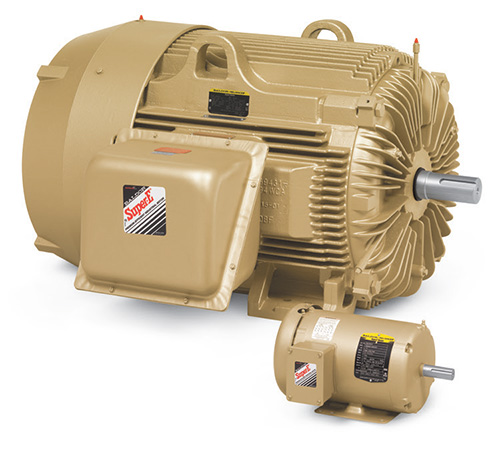
Looking into the Future
Industrial managers continuously seek new and better ways to manage their equipment and system maintenance. Mechanical power transmission equipment selection and a disciplined program to maintain such equipment will be key to future operational productivity and improvement.
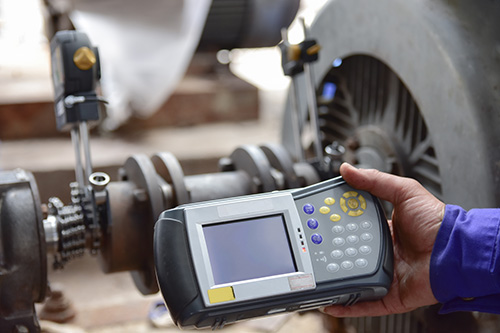
Morris says such a future will be all about taking the next step to predictive maintenance. The role of mechanical power transmission, and the importance of maintaining such equipment before a failure occurs, is at the forefront of having solid power transmission equipment working and operating properly, now and into the future.
“We know we want to avoid waiting until a failure,” says Morris. “We know we need to schedule maintenance. But that still leaves room for unexpected failures. Innovations in machine monitoring have made it possible to warn of impending failures in components such as motors and bearings, which greatly reduces the chance of a catastrophic failure. With these innovations, maintenance personnel can replace a component before a failure, even if it had no signs of wear or damage and was not up for scheduled replacement.”
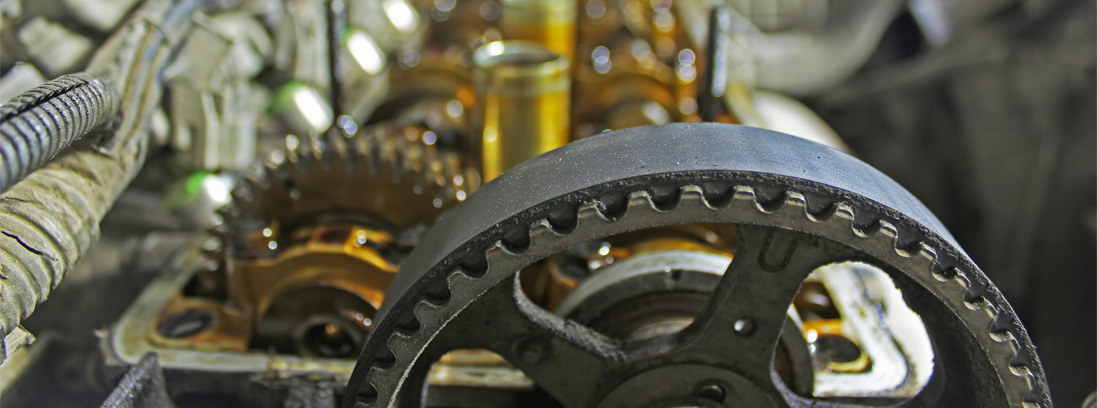







hello ,
I have this valve Festo VUVG-L14-P53C-T-G18-1P3 and i require the connectors that connect to the wires to the solenoid , Can you please suggest me the same.
Thanks
Thanks for contacting us! If you have questions about an order, need product information, or are looking for a quote, please reach out to us at (866) 433-5722 or email us at customer.service@alliedelec.com.